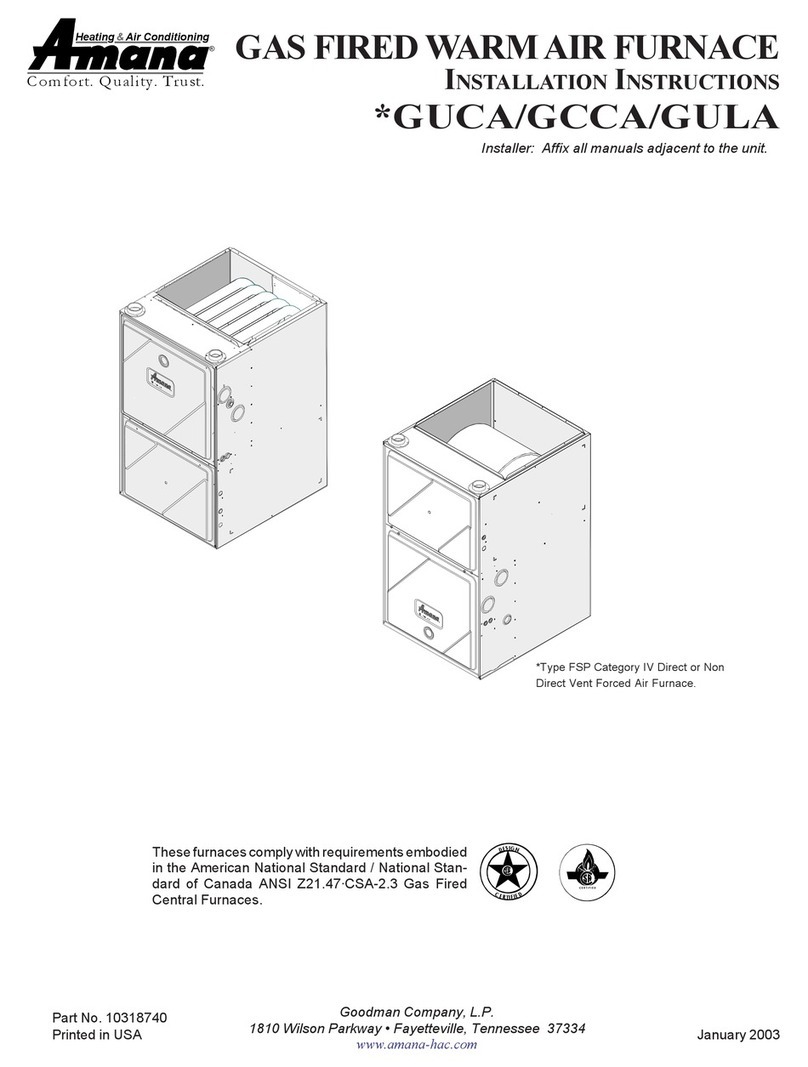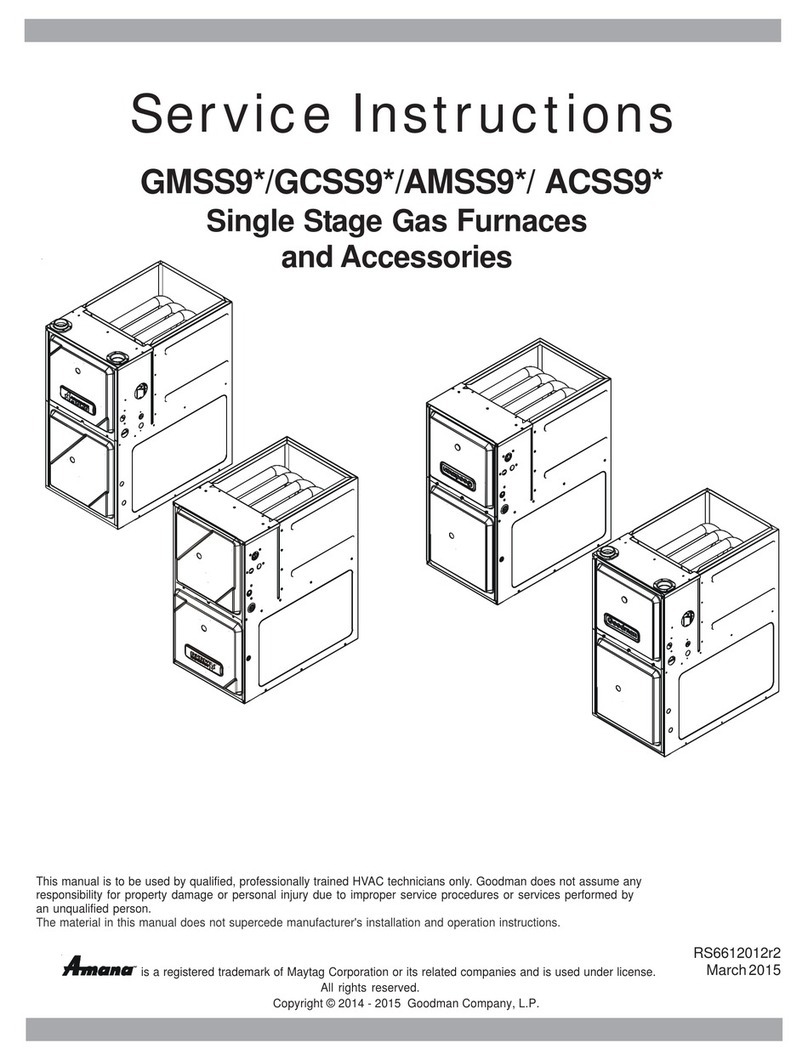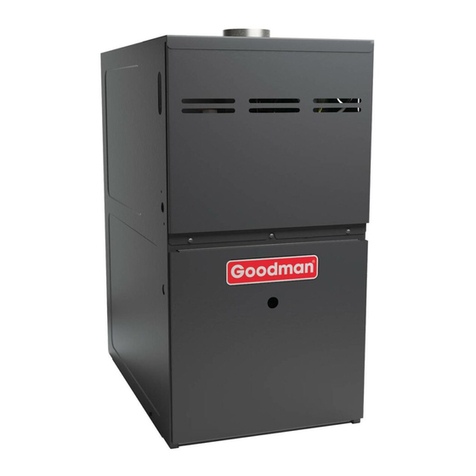Amana AMH8 User manual
Other Amana Furnace manuals

Amana
Amana M8 User manual
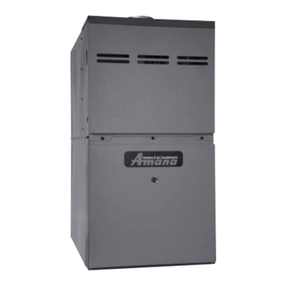
Amana
Amana AMVC8 Series User manual
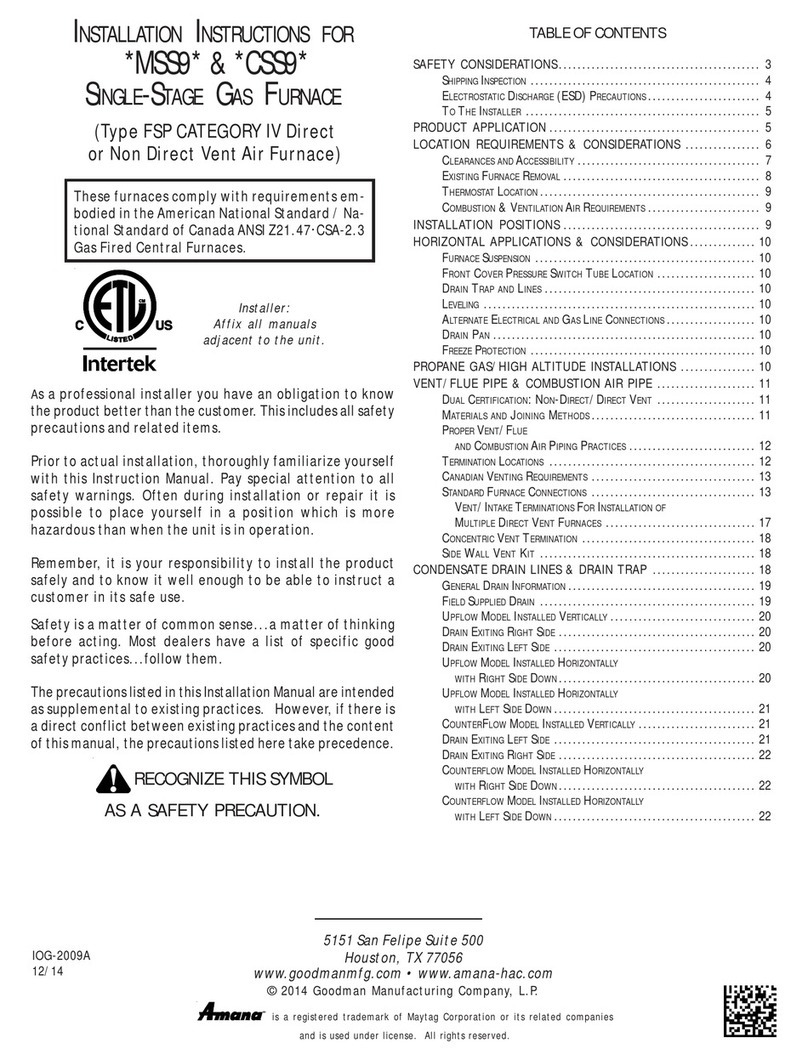
Amana
Amana MSS9 User manual
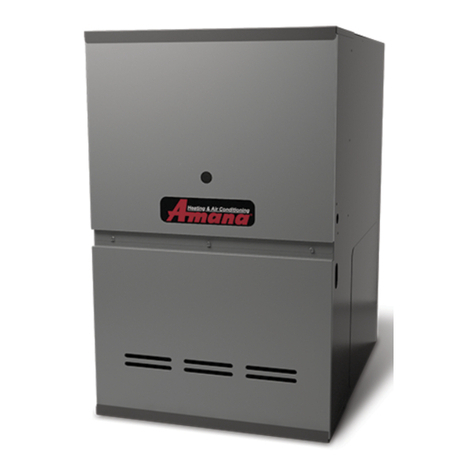
Amana
Amana MVC80 User manual
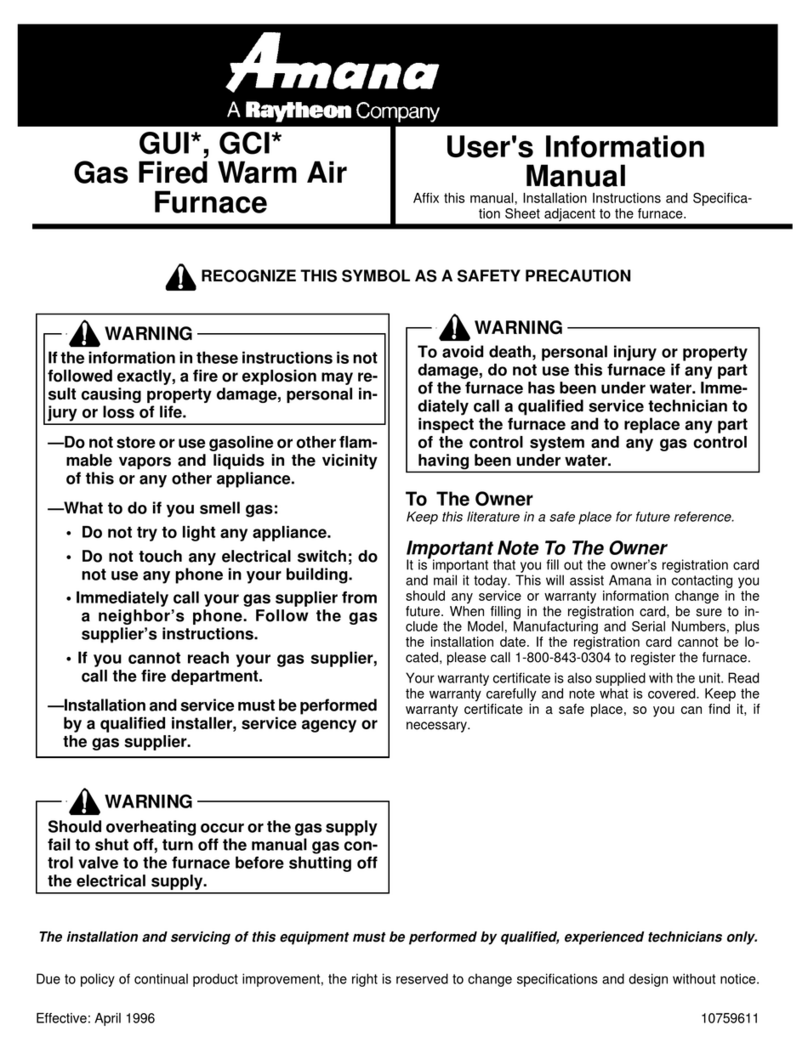
Amana
Amana GUI Guide

Amana
Amana GUIA Series Operating instructions

Amana
Amana AM9S80 User manual
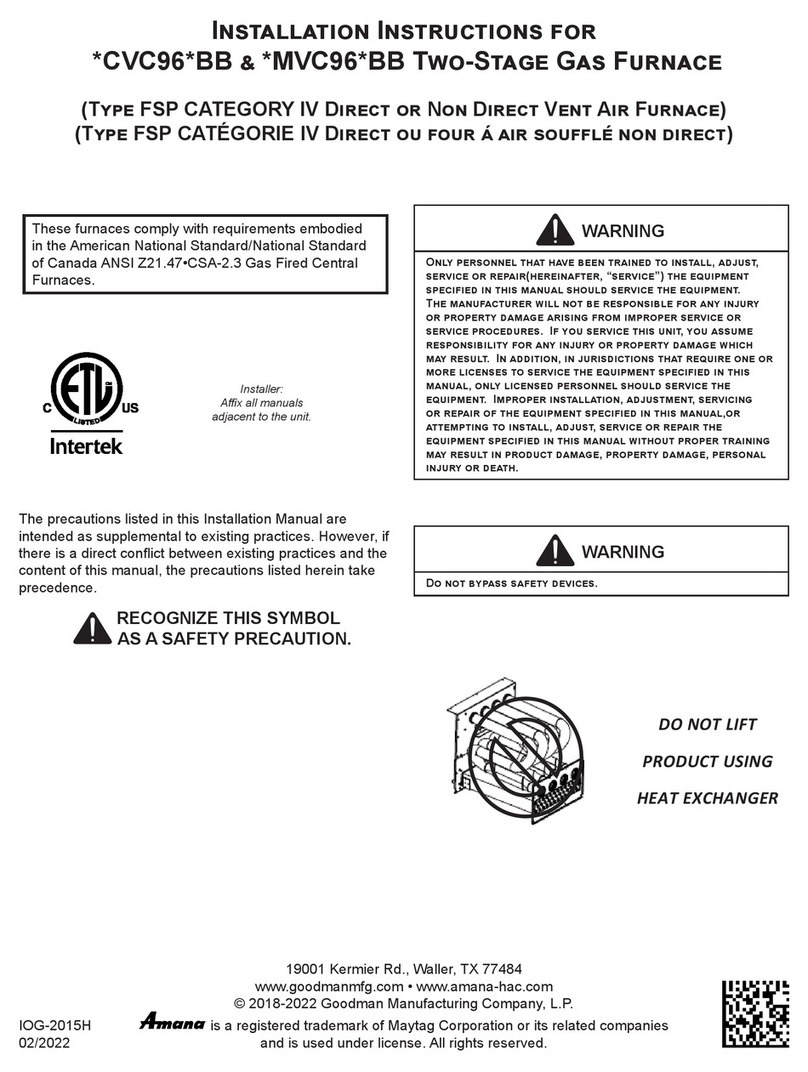
Amana
Amana MVC96 BB Series User manual
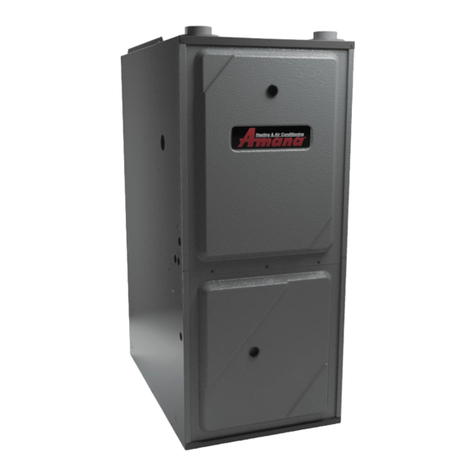
Amana
Amana M9C96 Series User manual

Amana
Amana GUD Series Operating instructions
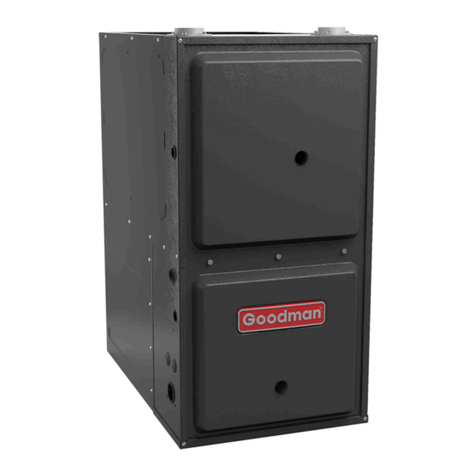
Amana
Amana ACSS920402BN User manual

Amana
Amana GMS8 Guide
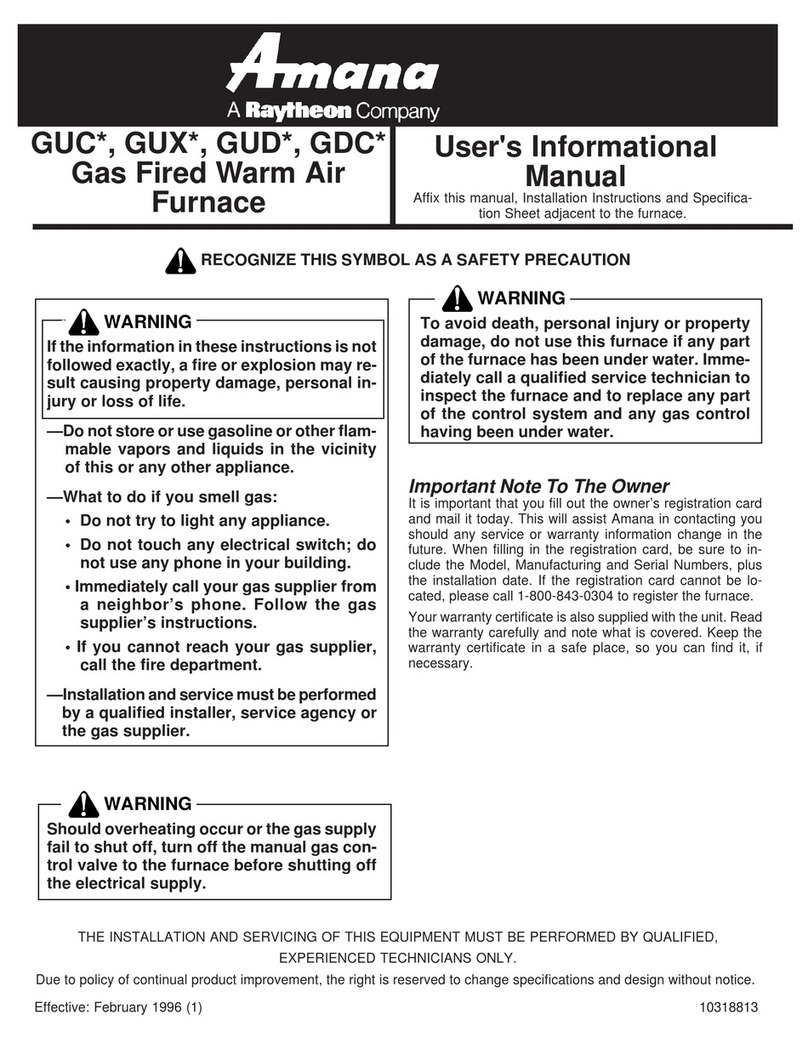
Amana
Amana GUC Series User manual

Amana
Amana ACVC96 User manual
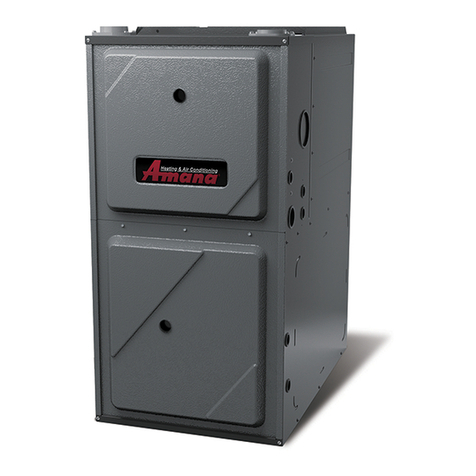
Amana
Amana *MEC96 User manual
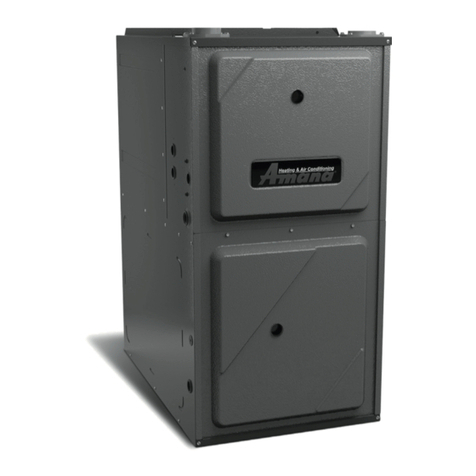
Amana
Amana AMVS96-U User manual

Amana
Amana M9S96 Series User manual

Amana
Amana *CVC96 User manual

Amana
Amana AMVM96 User manual

Amana
Amana AM9S96 User manual
Popular Furnace manuals by other brands

Unitary products group
Unitary products group AHV8 UH installation manual

VERDER
VERDER CARBOLITE GERO RHF 14/8 Installation, operation and maintenance instructions

Tempstar
Tempstar B Series Service and technical support manual

Carrier
Carrier Performance 59SP5A Installation, start-up, operating and service and maintenance instructions

Armstrong
Armstrong EG7H SERIES Installation and maintenance instructions

Payne
Payne PG92ESA Installation, start-up, operating and service and maintenance instructions

NANOE
NANOE Zetasinter Operation manual

SUPREME
SUPREME FEM10-M2301CM-A Installation instructions and homeowner's manual

Johnson Controls
Johnson Controls TM9T User's information manual

Fluke
Fluke 9118A user manual

Lennox
Lennox EL195UHE Elite Series Unit information

Intertherm
Intertherm M7RL Series user manual

HDG
HDG Pelletmaster 15 Operation manual

Nortek
Nortek MG2S Series installation instructions

VERDER
VERDER CARBOLITE GERO ABF 8/28 Installation, operation and maintenance instructions

Goodman
Goodman GMV9 Installation & operating instructions

SUPREME
SUPREME SUP10-M2301C Installation instructions and homeowner's manual

Dettson
Dettson AMT400B34-SM1PMA Installation instructions and homeowner's manual
